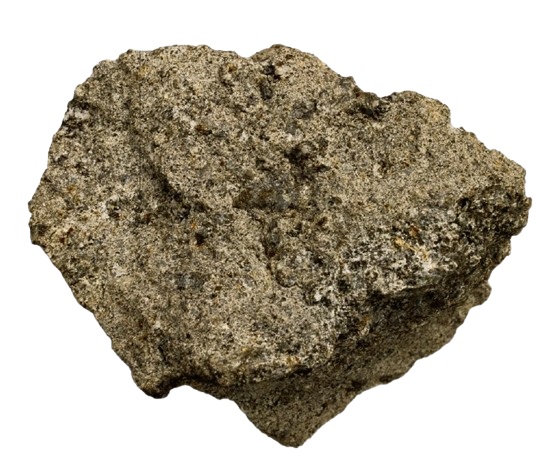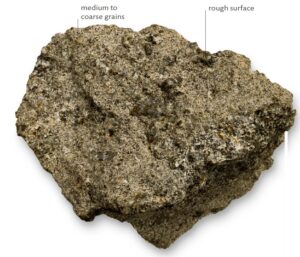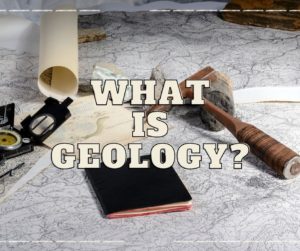
Achondrite

Introduction
Meteorites, those fascinating remnants from the cosmos, have long captivated the imagination of scientists and enthusiasts alike. Among them, achondrites stand out as a unique class of stony meteorites, distinguished by their absence of chondrules. In this exploration, we delve into the intricacies of achondrites, uncovering their composition, origin, and classification.
What is Achondrite?
An achondrite is a stony meteorite that deviates from its chondritic counterparts, lacking the distinctive chondrules. These meteorites showcase textures and mineralogies indicative of intense igneous processes, resulting from significant melting and recrystallization within or on meteorite parent bodies.
Basic Information about Achondrite
To understand achondrites better, let’s glance at some fundamental information:
- Group: METEORITE
- Origin: Extraterrestrial
- Grain Size: Medium, Coarse
- Classification: Achondrite
- Shape: Angular, Rounded
- Composition: Silicate

Texture Achondrite
Achondrites present a coarser grain compared to chondrites, and their defining feature is the absence of chondrules, the small, round grains found in chondrites.
Origin Achondrite
The origin of achondrites is a topic of intrigue. Given their resemblance to terrestrial mantle rocks and basaltic crust, it is plausible that their genesis involves volcanic activities.
Classification
Achondrites are a diverse family, classified into distinct groups based on their unique characteristics. Let’s explore these classifications:
Primitive Achondrites
Primitive achondrites, also known as the PAC group, exhibit a chemical composition akin to chondrites. However, their texture is igneous, reflecting processes involving melting. Noteworthy members of this group include:
- Acapulcoites (from the meteorite Acapulco, Mexico)
- Lodranites (from the meteorite Lodran)
- Winonaites (from the meteorite Winona)
- Ureilites (from the meteorite Novy Ureii, Russia)
- Brachinites (from the meteorite Brachina)
Asteroidal Achondrites
Asteroidal achondrites, or evolved achondrites, undergo differentiation on a parent body. This involves transformative processes like melting and crystallization, leading to variations in mineralogical and chemical composition. Notable subgroups within this category are:
- HED meteorites (potentially from asteroid 4 Vesta):
- Howardites
- Eucrites
- Diogenites
- Angrites
- Aubrites
Lunar Meteorites
Lunar meteorites hail from the Moon, adding a lunar touch to the diversity of achondrites.
Martian Meteorites
Martian meteorites offer a glimpse into the mysteries of Mars. The main groups include:
- Shergottites
- Nakhlites
- Chassignites
- OPX Martian meteorites (e.g., ALH 84001)
- Regolith/Soil samples (e.g., NWA 7034 and pairings)
Conclusion
In conclusion, achondrites, with their unique textures and diverse classifications, provide a captivating window into the geological history of our solar system. Their presence as stony meteorites without chondrules sets them apart, making them a subject of fascination for researchers and meteorite enthusiasts alike. As we continue to unravel the mysteries of these extraterrestrial rocks, achondrites stand as celestial storytellers, narrating tales of cosmic evolution and differentiation.




